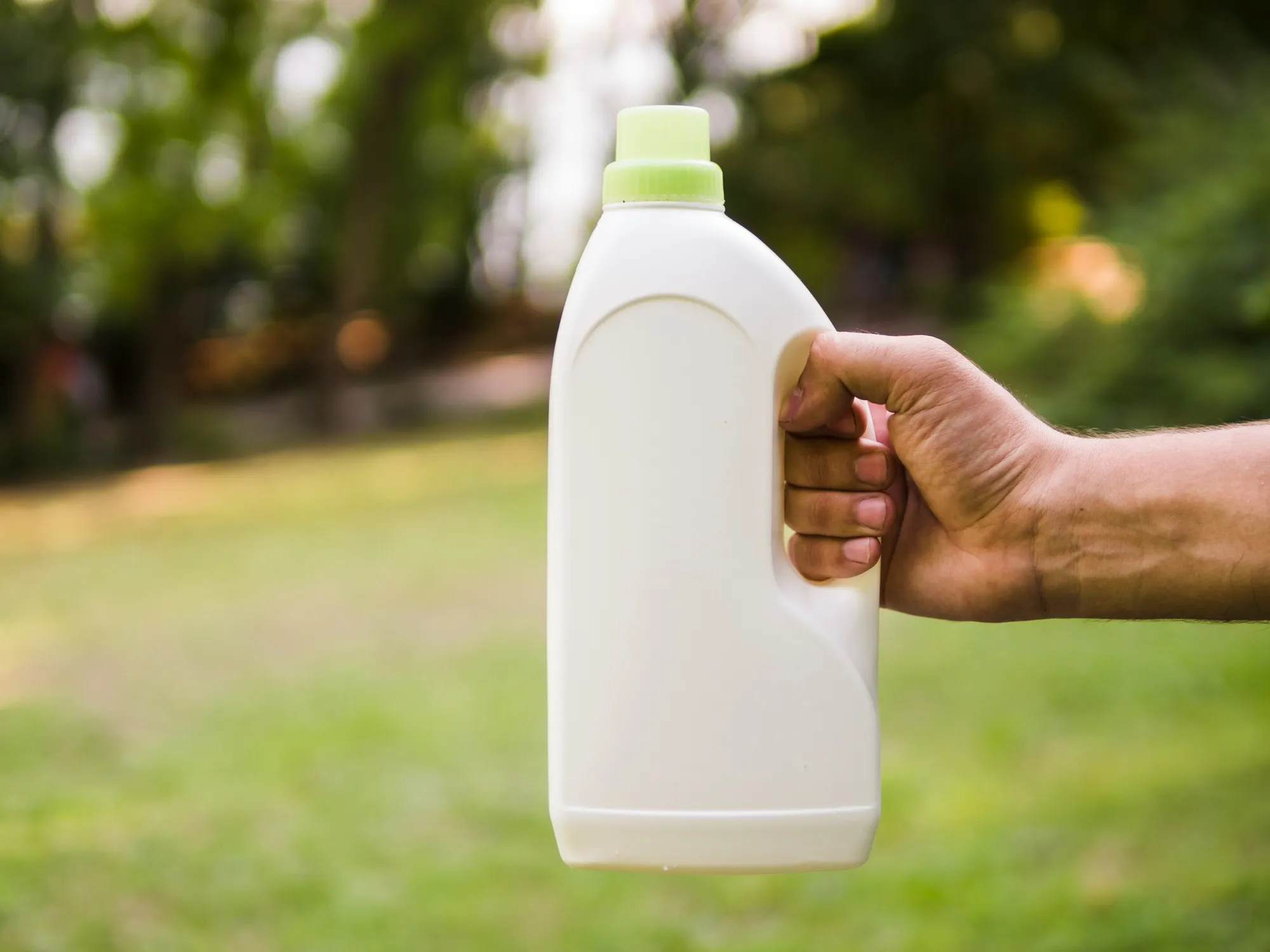In a revolutionary study published in ‘Carbohydrate Polymers,’ researchers have introduced biodegradable and cold-water-soluble films made from starch and polyvinyl alcohol (St/PVA) for the inner packaging of pesticides. This innovative material not only enhances the emulsification, dispersibility, and efficacy of the pesticides but also meets the increasing global demand for environmentally friendly packaging solutions. The study has the potential to transform the way we store and use agricultural chemicals, aligning the sector with sustainability and environmental conservation.
DOI: 10.1016/j.carbpol.2023.121713
The Dawn of a New Era in Pesticide Packaging
The primary author, Song Jia, along with colleagues Lin Xiangxuan, Wu Hongrui, Huang Zuqiang, Gan Tao, Hu Huayu, Qin Yuben, and Zhang Yanjuan from the School of Chemistry and Chemical Engineering at Guangxi University, have undertaken a meticulous investigation to combat the limitations of native starch in pesticide packaging. The research focuses on a novel strategy involving synergetic mechanical activation (MA) and solid-phase esterification of starch, accompanied by its combination with polyvinyl alcohol (PVA).
This strategy resulted in the production of St/PVA films with a remarkable balance of characteristics: impressive mechanical properties, swift cold-water solubility, and excellent oxygen barrier performance. Such attributes embody the exact requirements of pesticide packaging that must protect the contents until they are ready for use.
The Science Behind the Solution
The secret to the success of these films lies in the appropriate esterification of starch and the favorable compatibility achieved between starch and PVA. With the expertise in extrusion-blowing techniques, the researchers created films with a St/PVA ratio of 4:6, achieving tensile strengths of 21.0 MPa and elongation at break of 213.9%. The dissolution time of these films in cold water was a mere 90 seconds, and they exhibited an oxygen transmission rate of 1.41 cm^3 m^-2 day^-1 atm^-1.
Environmental Impacts and Market Implications
The agricultural industry relies heavily on chemicals to protect crops from pests, diseases, and weeds. However, pesticide packaging has often been a source of environmental pollution, with non-biodegradable materials contributing to the accumulation of waste in landfills and ecosystems. The newly developed St/PVA films address this issue by degrading harmlessly in the environment. They also reduce the risk of mishandling, as the solubility in cold water eradicates the need for manual package opening, potentially reducing exposure to the chemicals for agricultural workers.
Engineering and Performance Testing
Multiple tests were conducted to determine the performance and characteristics of the St/PVA films. These tests validated the films’ potential, demonstrating that they could maintain their structural integrity and perform well under real-world conditions.
Among these tests, the emulsification and dispersibility trials were crucial, given that these parameters impact the efficacy with which pesticides can be distributed over crops. As inner packaging material, the St/PVA film improves the preparation of the pesticide for application, ensuring a more uniform distribution, which is vital for both effectiveness and environmental impact.
Competitive Edge and Compliance
The research team has made it clear that there are no known competing financial interests or personal relationships that could have influenced the study’s outcome, as stated in their declaration of competing interest. Integrating seamlessly into existing manufacturing processes and pesticide application systems, these films offer a competitive edge to agrochemical companies seeking sustainable innovation. Compliant with increasing legislative pressure to reduce environmental footprints, St/PVA films could soon become the gold standard for pesticide packaging.
Future Horizons
While this study has opened the doors to a new approach in pesticide packaging, further research is anticipated to fully ascertain the long-term impacts of these films on various crops, ecosystems, and the biodegradation process. Investigations into scaling up production and ensuring cost-effectiveness for widespread industry adoption will be critical next steps.
In Conclusion
This groundbreaking study not only proposes a viable alternative to current packaging materials for pesticides but also aligns with a broader commitment to sustainability and environmental responsibility. As the world confronts the challenge of balancing agricultural productivity with ecological conservation, innovations like biodegradable St/PVA films come as a welcome solution.
The potential of this technology is vast, with implications for the agricultural industry that go beyond just pesticide packaging. Food storage, transportation, and even pharmaceutical packaging could benefit from the environmentally friendly characteristics of St/PVA films, promising a cleaner, greener future.
References
1. Song J., Lin X., Wu H., et al. (2024). Fabrication of biodegradable and cold-water-soluble starch/polyvinyl alcohol films as inner packaging materials of pesticides: Enhanced emulsification, dispersibility, and efficacy. Carbohydrate Polymers, 328, 121713. DOI: 10.1016/j.carbpol.2023.121713
2. Biodegradable packaging global market report. (2022). Retrieved from https://www.marketsandmarkets.com/
3. Esterification – An overview | ScienceDirect Topics. (2021). Retrieved from https://www.sciencedirect.com/
4. United States Environmental Protection Agency. (2023). Pesticides: Environmental Effects. Retrieved from https://www.epa.gov/pesticides/
5. World Health Organization. (2018). The WHO recommended classification of pesticides by hazard and guidelines to classification 2019 edition. Retrieved from https://www.who.int/
Keywords
1. Biodegradable pesticide packaging
2. Starch/polyvinyl alcohol films
3. Sustainable agricultural materials
4. Cold-water soluble films
5. Enhanced pesticide dispersion
